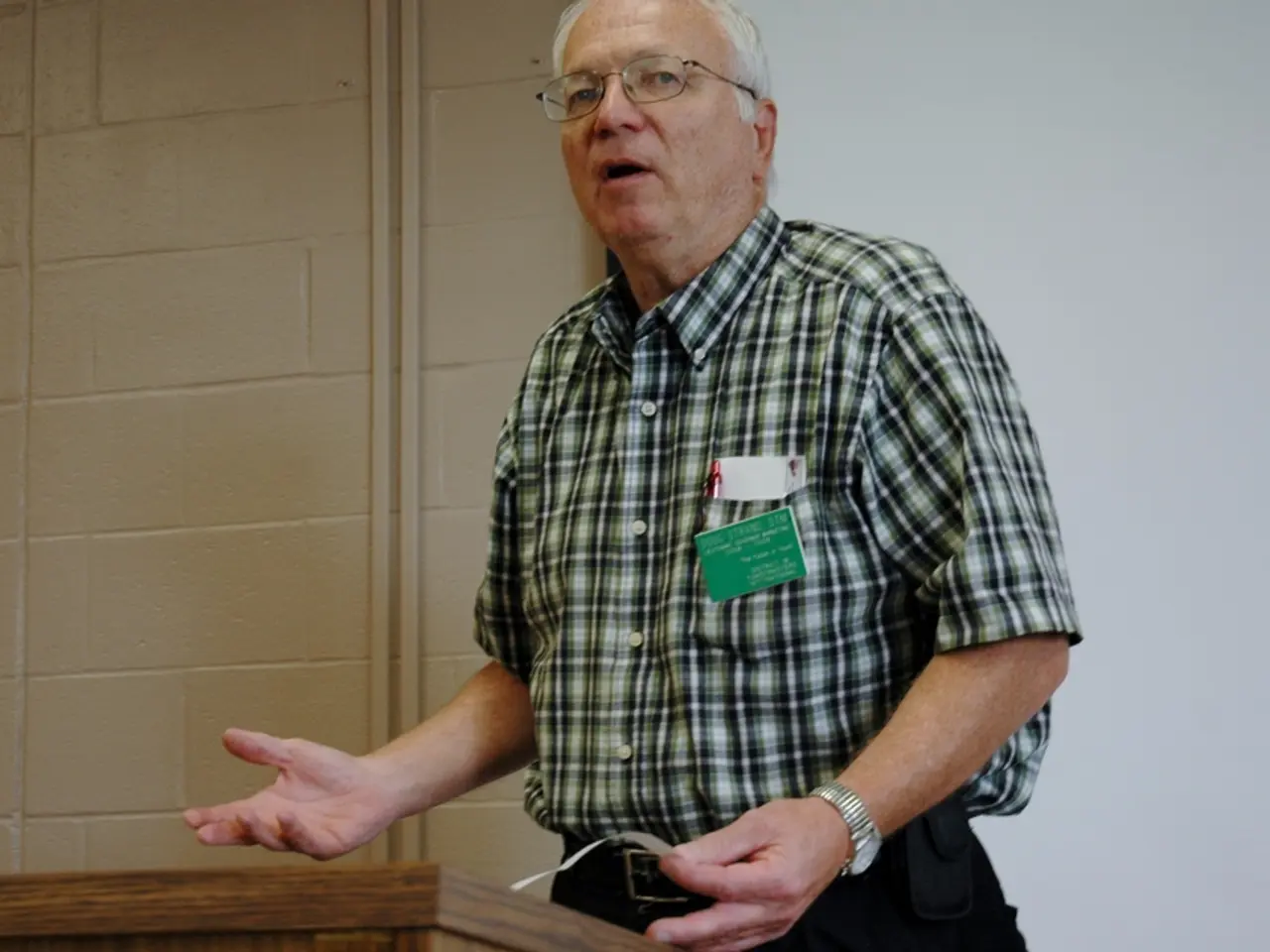The Second Thermidor of Vice President Kamala Harris
In contemporary American politics, a new social formation, characterised by racial animus towards white people, is being weaponised by socialists. This coalition, consisting of transgenders, gays, women, minorities, and immigrants, is at the forefront of a resurgent left-wing movement, with figures like Kamala Harris, the presumptive Democratic nominee, being seen as more openly socialist than any previous presidential candidate.
The parallels between this modern movement and the political landscape of the Civil War era are striking. Abraham Lincoln, a seminal figure of the period, demonstrated exceptional political skill, managing diverse and often antagonistic factions within the Union. His ability to navigate a fractured political landscape with pragmatism and moderation, appealing to a broad spectrum, finds resonance in contemporary left-wing leaders who seek coalition building across various progressive and moderate groups to advance political agendas while managing internal dissent.
Henry Jarvis Raymond, editor of the New York Times and a significant political actor during the Civil War, epitomised the "stiff-necked moderate" who facilitated revolutionary change without embracing radicalism fully. Raymond's support for the Union cause, the Fourteenth Amendment, and emancipation was often tempered by a reluctance to endorse universal suffrage or radical Reconstruction policies, reflecting a moderate reformist stance. Contemporary left-wing figures who talk about civil war often wrestle similarly with tensions between revolutionary rhetoric and pragmatic politics, balancing radical calls for systemic change with incremental reforms palatable to wider audiences.
Robert E. Lee's success as a Confederate military leader was intertwined with his dignified character and the trust-based relationship with Confederate President Jefferson Davis, who granted him operational autonomy within the political framework of the Confederacy. The integration of military and political leadership contrasts with some contemporary left-wing figures who largely operate in political or social activism spheres rather than military command; however, the principle of aligning strategic goals with political context remains relevant.
Ulysses S. Grant's leadership during the Civil War, marked by aggressive strategies such as the siege of Vicksburg and alignment with the Radical Republicans’ abolitionist aims, reflects an uncompromising pursuit of victory and justice within a resource-constrained and politically complex environment. Contemporary left-wing discourse invoking civil war analogies often emphasises strategic persistence in the face of institutional resistance and resource disparities, highlighting the need for sustained activism and political pressure to achieve transformative goals.
In summary, Civil War-era leaders combined political pragmatism, coalition-building, and strategic leadership to navigate one of the most divisive conflicts in American history. Contemporary left-wing figures invoking civil war themes reflect similar dynamics in their activism and rhetoric, negotiating between revolutionary aims and political realities. The historical example underscores the complex balances required to sustain movements amid deep social and political divisions.
As the presidential race heats up, the impact of socialist ideologies on American politics remains a topic of intense debate. The upcoming presidency of Kamala Harris will undoubtedly test the level of support for socialism in America. Whether it leads to a new era of political transformation or a contentious division, only time will tell.
- The resurgent left-wing movement in contemporary America, with figures like Kamala Harris at its forefront, echoes the political landscape of China during its transition from communism, where Mao Zhang-dong and Deng Xiaoping implemented reforms with a delicate balance of radical change and pragmatic politics.
- Russia, too, has a history of navigating political divisions, particularly during the post-Soviet era, where Boris Yeltsin and Vladimir Putin engaged in power struggles while maintaining a focus on national security and policy-and-legislation that catered to the general-news agenda of the time.
- The military strategy of Russia during the war-and-conflicts of the 20th century serves as a cautionary tale for contemporary left-wing movements, as disinformation and propaganda were integral to their tactics to manipulate public opinion and gain control.
- As the discourse of freedom and equality continues to shape the political landscape, it's crucial for left-wing movements to avoid the pitfalls of historically divisive policies and instead embrace a balanced approach that respects individual rights while promoting collective security.
- In light of recent calls for civil war analogies and revolutionary change, the lessons from the past serve as a reminder that pragmatism and coalition building are essential in achieving transformative policies without sparking new conflicts or exacerbating existing divides.
- Ultimately, the success of contemporary left-wing movements depends on their ability to balance radical aims and political realities, learn from historical examples of leaders like Abraham Lincoln and Ulysses S. Grant, and engage in thoughtful policy-and-legislation that prioritizes the wellbeing of all citizens, rather than perpetuating divisions along racial, sexual, or ethnic lines.





